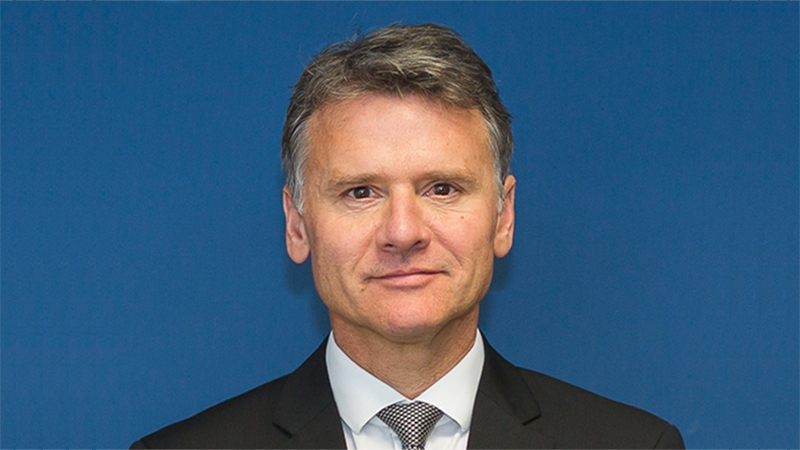Despite the psychological effect of past losses, the asset manager Iboss argues the pricing point on many bonds looks cheaper than it has for a number of years.
In the wake of the bond market turbulence since mid-2020 investors have felt the sting, with fixed income funds in general producing underwhelming returns. In fact, between the middle of July 2020 and the middle of October 2022, the UT Fixed Interest sector was down circa 30%, according to FE Fundinfo.
However, Chris Metcalfe (pictured), chief investment officer at Iboss, said the landscape has now shifted and argued that sovereign bonds “present a more attractive risk/reward proposition than in years”.
“It’s essential to recalibrate portfolios strategically, adjusting allocations across fixed income, equity, and cash sector in response to the current market dynamics,” he said.
Iboss currently has about 28% of its medium-risk portfolios allocated across a range of various fixed income assets, 15% of which is allocated to strategic and corporate bond funds.
See also: Evelyn Partners adds to US equities and UK gilts in Core MPS rebalancing
“We have been increasing our allocation to fixed income over several quarters,” said Metcalfe. “At the same time, we have been moving towards more actively managed funds, as these managers can act swiftly and harvest some of the increased volatility in the bond space.
“Tactically we have also been increasing our duration which is now back to neutral having been shorter duration relative to our peers for several years.”
At the beginning of this year it also allocated a holding to M&G Emerging Market Bond fund, because Metcalfe said emerging market debt is an area in which most other bond sectors cannot or do not invest in.
“This addition adds an asset class that often has a low correlation to other bond holdings in the portfolio and totals an average position of 3% across portfolios,” he said.
“Strategically, diversifying away from traditional sovereign bonds towards EMD, shorter-dated bonds, and high yield helped protect valuations in the bond rout of 2022, but now it looks very different,” he added.
“Using hindsight suggests avoiding bonds altogether, but the price you pay for any asset is important, and the starting price on many bonds looks cheaper than it has for many years.”
While Iboss’s optimism towards the bond market has grown, Metcalfe said this doesn’t extend to areas of the high yield market where “the risk-reward balance doesn’t quite justify explicit exposure”.
“Bond investments hold promise for investors seeking growth, income, or a blend or both,” he said. “This positive outlook extends in absolute value terms and relative to cash, as well as some equities over the medium term.”








